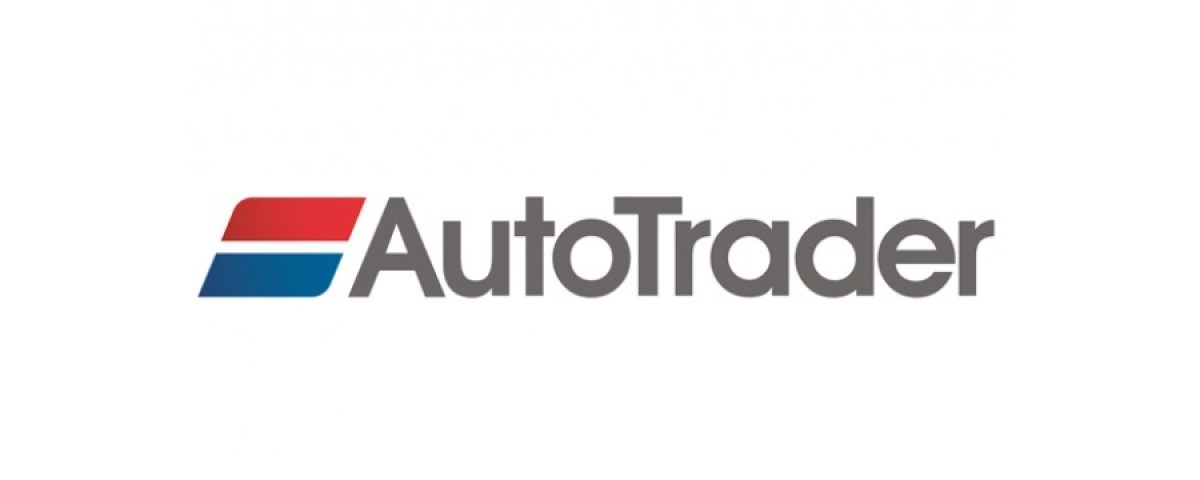
According to the latest data from Auto Trader’s Retail Price Index, the average price of a used car was £14,041 in November, which on a like-for-like basis is an 8.5% year-on-year (YoY) increase. Whilst prices have increased consecutively for eight months, the rate of growth eased very slightly last month, slowing from 8.6% in October.
Retailers hold firm with pricing
Testament to the strength of the market the number of retailers making price changes and the value of price adjustments remains lower than pre-COVID levels. Circa 2,145 retailers made price changes last month, which was 12% fewer than in November 2019 (2,444), whilst the average daily reduction was -£293; 8% less than the same time last year (-£317). The average number of cars being changed each day was 13,818, which is significantly fewer than the 17,500 – 24,000 adjusted during normal trading conditions.
Petrol price growth eases as supply overtakes demand
Looking at the pricing data on a more granular level, we can see the influence supply and demand dynamics have on used car prices. Last month the rate of growth for used petrol vehicles began to ease for the first time in 12 months, albeit marginally, slowing from 9.0% YoY in October to 8.8% (£12,682). It’s due in part to the supply of used petrol cars in the market (5.7% YoY) overtaking levels of consumer demand (0.2% YoY).
Conversely, whilst the levels of demand and supply for diesels both contracted in November, average prices continued their steep trajectory, increasing from 8.8% YoY in October to 9.2%. This is because whilst demand fell -6.7% YoY, the rate of contraction for supply was even steeper, dropping -7.8% on November 2019.
Commenting on the results, Auto Trader’s director of data and insight, Richard Walker, said: “Despite thousands of retailers across the UK either having to close their forecourts or facing tighter restrictions, used car prices remain exceptionally strong, which even under normal trading conditions would be impressive. It’s particularly reassuring to see retailers hold firm with their pricing, reflecting a strong degree of confidence in the health of the market. We share retailers’ confidence and believe the outlook for the months ahead is positive. We’re continuing to see significant levels of consumer demand, in part driven by the growing aversion to public transport.”
Sue Robinson, NFDA Chief Executive, added: “Despite the lockdown and additional restrictions facing dealers across the UK, it is encouraging that used car prices have remained buoyant in line with consumer demand. Positively, the number of retailers adjusting their stock as well as the volume of cars whose price is being adjusted are both significantly lower than pre-COVID 19 levels, which shows dealers’ resilience and confidence. We look forward to a strong December.”
Used hatchbacks and MPVs see largest sticker price growth
Like-for-like prices continued to show strong growth across all age groups in November, with those aged over 15 years recording the highest rate of growth at 17.5% YoY (£4,760). It was followed closely by vehicles aged between 10-15 years, increasing 17.0% (£4,503). Interestingly, the same age group (10-15 years) saw the biggest monthly drop in levels of demand, falling from a healthy 2.3% YoY in October, to -11.1% YoY in November.
All body types recorded an increase in average prices last month, with hatchbacks recording the highest rate of growth, up 12.5% YoY (£9,309), followed by MPVs, which grew 10.01% (£9,642). Despite the price growth however, demand for used hatchbacks fell -5.9% YoY, versus a 6.8% increase in supply. It marks the first-time levels of demand for hatchbacks have contracted since May of this year. SUVs continue their run as the most popular body type, with demand increasing 6.4% YoY (£19,214).
Both premium and volume brands saw average prices grow in November, increasing 8.3% YoY (£20,827) and 12.2% (£9,253) respectively. However, the rate of growth for volume cars eased slightly, slowing from 12.6% YoY in October, to 12.2% in November. As observed elsewhere in the market, this is due to the imbalance of supply and demand; demand for volume cars contracted for the first time in six months, dropping -10.3%, whilst supply did the opposite, increasing for the first time since May 2020.
swept for the presence of computer viruses.
